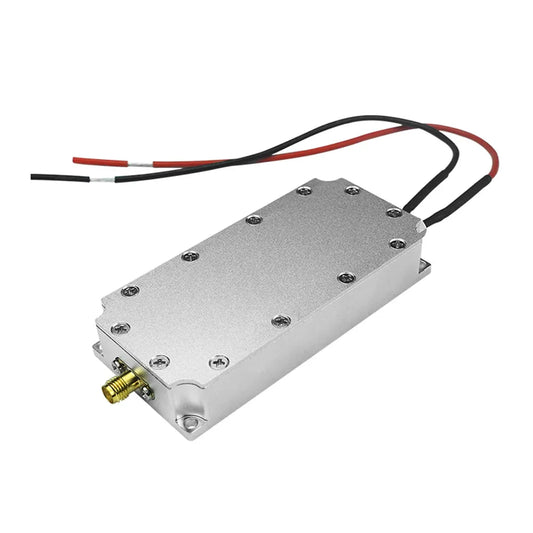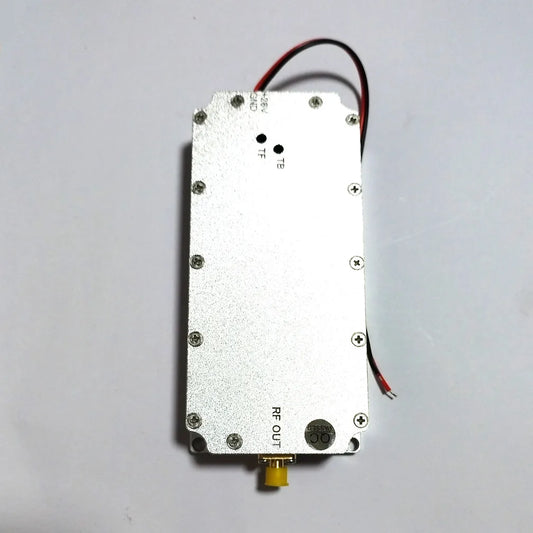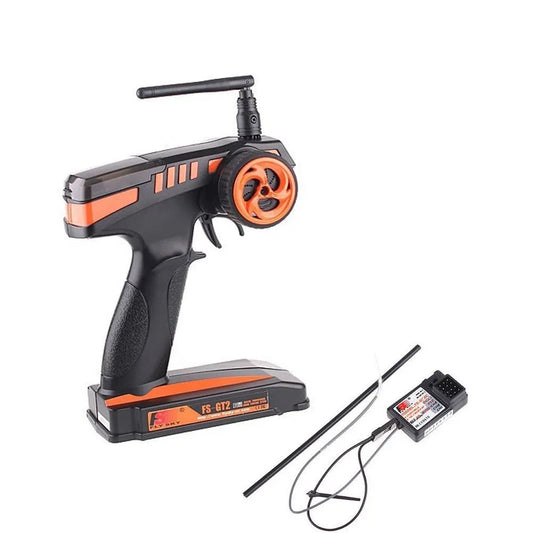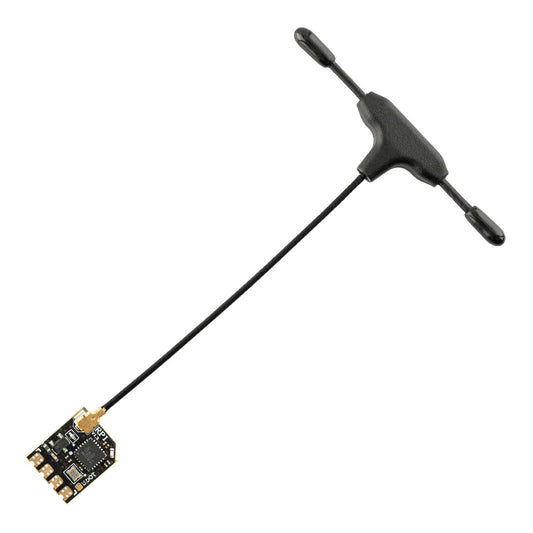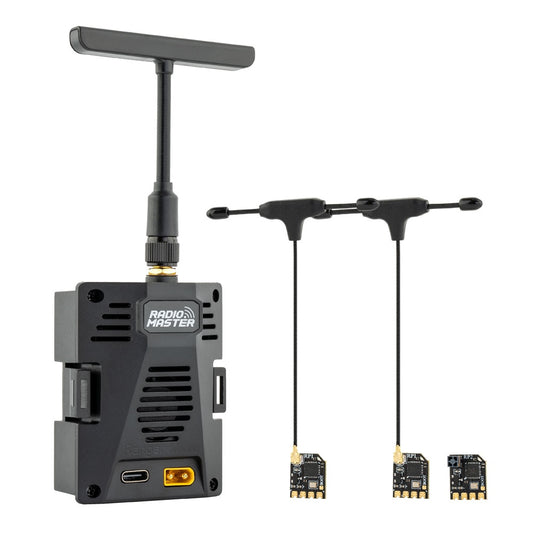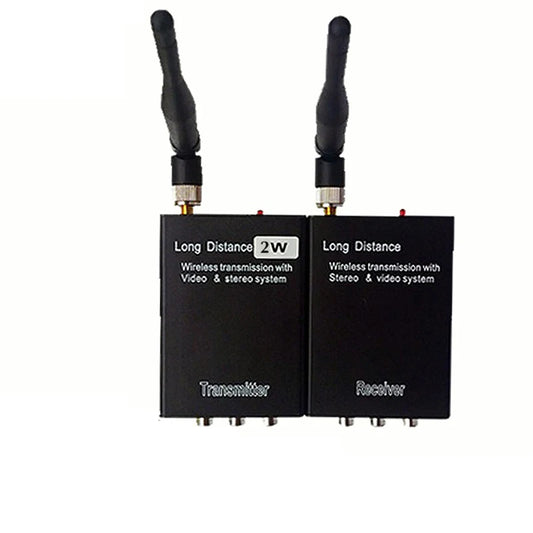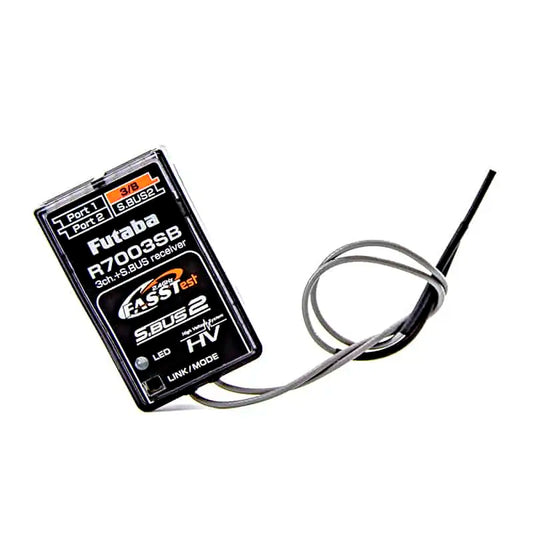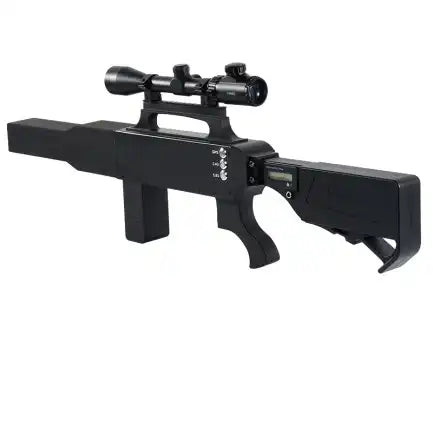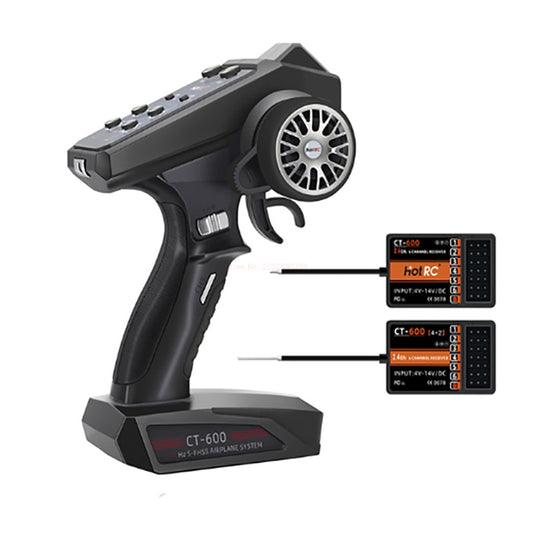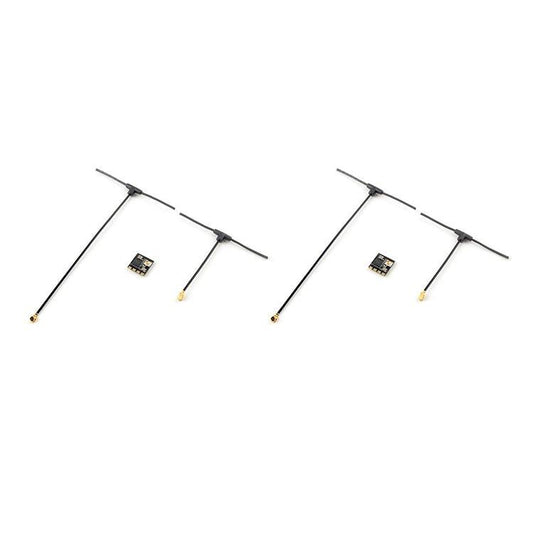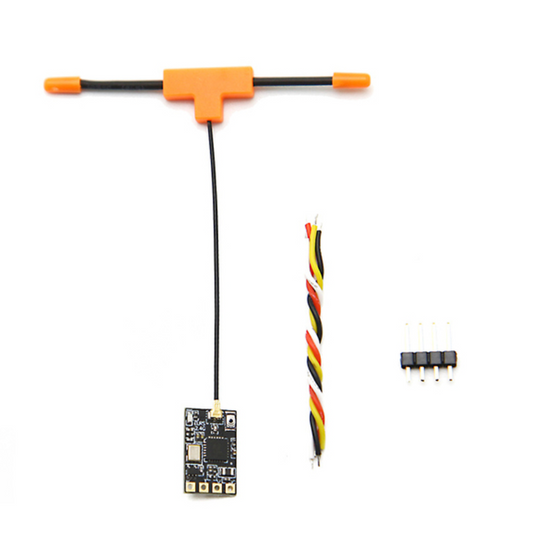-
10W Anti Drone Module - 433M 800M 900M 1.2G 1.4G 1.5G 2.4GHZ UAV Countermeasure Module UAV Singal Amplifier RF Anti Drone
Regular price $80.69 USDRegular priceUnit price per -
50W Anti Drone Module - 700-860mhz 850-940MHZ 940-1100mhz 2.4G 720-850MHZ 850-970MHZ 970-1100MHZ High Power Amplifier Module
Regular price From $244.40 USDRegular priceUnit price per -
FUTABA R7308SB 8 Channel 2.4GHz FASSTest High Gain Antenna S.BUS Receiver
Regular price $182.96 USDRegular priceUnit price per -
Flysky FS-GT2 2.4G 2CH Gun RC System Transmitter Controller With 3 Channels Receiver For Rc Car
Regular price From $12.73 USDRegular priceUnit price per -
FrSky V8FR-II 2.4Ghz 8CH ACCST Receiver
Regular price $35.00 USDRegular priceUnit price per -
RadioMaster RP1 V2 ExpressLRS 2.4ghz Nano Receiver - With Built-in TCXO Fit For Whoops, Drone, Fixed-Wing Aircraft
Regular price $32.00 USDRegular priceUnit price per -
2.4G Receiver Antenna IPEX Port For FRSKY JR SPEKTRUM FLYSKY Walkera Jumper Transmitter Drone Remote Control Receptor Aerial
Regular price From $8.94 USDRegular priceUnit price per -
RH807 Drone - 2.4G Mini Four-axis Aircraft One-button Return To Headless Mode Small Remote Control Aircraft Children's Toys RC Quadcopter
Regular price From $15.68 USDRegular priceUnit price per -
ACASOM 2.4G 5.8G Dual Frequency Drone Signal Booster Amplifier PCBA
Regular price From $35.00 USDRegular priceUnit price per -
Vrriis WL009 - 250 Meters 2.4G+5.8G 1080P@60HZ Wireless HDMI Extender Transmitter and Receiver
Regular price From $79.00 USDRegular priceUnit price per -
iFlight ELRS 500mW Receiver - ExpressLRS 900MHz / 2.4G 500mW RX for FPV Drone
Regular price $26.23 USDRegular priceUnit price per -
FLYSKY FTr4 Receiver - 2.4GHz 4ch AFHDS 3 protocol w/S-Bus/i-Bus/PPM/PWM Support & NB4/PL18 Compatibility
Regular price $39.00 USDRegular priceUnit price per -
10W 20W Anti Drone module - DC 28V 433Mhz 1.5Ghz 2.4Ghz 5.2Ghz 5.8Ghz for Anit Remote control 2.4G WIFI Bluetooth 5.8G module Anti Drone Device
Regular price From $105.02 USDRegular priceUnit price per -
RadioMaster Ranger Micro 2.4GHz ELRS Module Combo Set for TX16S TX12 MKII
Regular price From $48.68 USDRegular priceUnit price per -
HappyModel Bassline - 2S 2inch Micro FPV Toothpick Drone X12 5in1 AIO Flight Controller 2.4G ELRS 400mW EX1103 KV11000 90mm Frame
Regular price From $156.96 USDRegular priceUnit price per -
2.4Ghz Yagi Antenna Amplifier Signal Booster For DJI FPV Combo Remote Control 2 Signal Booster Range Extender Drone RC Accessory
Regular price $13.95 USDRegular priceUnit price per -
Raspberry Pi Zero 2 W Development Computer, Pre‑Soldered 40‑Pin Header, Quad‑Core 1GHz Cortex‑A53, Wi‑Fi 2.4GHz, BT 4.2 BLE
Regular price $35.00 USDRegular priceUnit price per -
ALIENTECH DUO 3 Signal Booster 2.4G/5.2G/5.8G Range Extender for DJI Mavic 3 Pro, Mini 4 Pro, Air 3, Autel, Parrot FPV
Regular price From $1,379.56 USDRegular priceUnit price per$0.00 USDSale price From $1,379.56 USD -
Futaba R203GF 3-Channel 2.4GHz S-FHSS Surface Receiver
Regular price $49.00 USDRegular priceUnit price per -
Futaba R3106GF 2.4GHz 6-Channels T-FHSS High Voltage Mono Receiver
Regular price $50.29 USDRegular priceUnit price per -
2.4G 5.8G 3dBi 6dBi WiFi Aerial Antenna With SMA Interface
Regular price From $3.90 USDRegular priceUnit price per -
2.4G 2W 4CH VTX / VRX - 2000mw Wireless AV Video Sender + Receiver for cctv camera For Monitor
Regular price $84.79 USDRegular priceUnit price per -
Futaba R7003SB Receiver - 2.4GHZ 3 Channels FASSTest Bi-Directional Communication System S.Bus/S.Bus2 Port Receiver
Regular price $145.00 USDRegular priceUnit price per -
Flysky FS-IA8X 2.4GHz8CH Receiver - AFHDS 2A PPM IBUS Mini Receiver for FS-Nirvana FS-NV14 FS-i6 FS-i6s FS-i6x FS-i8 FS-i10 Transmitter RC
Regular price $18.78 USDRegular priceUnit price per -
FLYSKY GMR 2.4GHz 4CH Receiver - AFHDS 3 PWM Output for RC Racing Vehicle Compatible with NB4/NB4 Lite Transmitters DIY Replacement
Regular price $47.84 USDRegular priceUnit price per -
FrSky TD SR18 Receiver - 2.4Ghz & 900Mhz Tandem Dual-Band Receiver with 18CH Ports
Regular price $175.00 USDRegular priceUnit price per -
ImmersionRC Ghost Atto Duo Receiver - 2.4GHZ ISM Band 250HZ 500HZ Frame Rate OpenTx Integration Radio Receiver
Regular price $55.00 USDRegular priceUnit price per -
ImmersionRC Ghost Atto Receiver - 2.4GHZ ISM Band 4m Latency OpenTx 222.22HZ Race Performance Radio Receiver
Regular price From $45.00 USDRegular priceUnit price per -
ImmersionRC Ghost Hybrid V2 DUO 5.8GHz VTX/2.4GHz RX - 25mW - 600mW Video Transmitter RC Control Link
Regular price $85.00 USDRegular priceUnit price per -
25W 60W Anti Drone Device - 1.5G 2.4G 5.8G 1KM Shielding Distance Detachable Portable Anti UAV Drone System
Regular price From $2,156.00 USDRegular priceUnit price per -
Full Kit FPV DIY 2.4GHz 4-Aixs RC Drone - APM2.8 Flight Controller M7N GPS 630MM Carbon Fiber Frame Props with AT9S TX Quadcopter
Regular price $460.50 USDRegular priceUnit price per -
Hotrc Ct400 Ct600 4.5v-9v 4ch 6ch 2.4ghz Fhss Radio Control System Transmitter With Receiver For Rc Car Boat Tank Truck Toy
Regular price From $19.85 USDRegular priceUnit price per -
HappyModel ExpressLRS ELRS 2.4G RX SX1280 Nano Long Range Receiver PP EP1 EP2 RX EP1 TCXO/EP2 TCXO 10X10mm for RC Airplane
Regular price From $14.31 USDRegular priceUnit price per -
Jumper ELRS Aion Rx Mini 2.4GHZ 16CH Receiver Compatible with 2.4 mode 5KM Range Transmitter for RC Drone
Regular price $26.89 USDRegular priceUnit price per -
20KM Long Range Herelink - 2.4GHz HD Video Transmission System (Beta 2) with wireless dual HDMI 1080P 60fps screen For RC Model
Regular price From $899.00 USDRegular priceUnit price per -
Raspberry Pi Zero 2 W Single-Board Computer, Quad‑Core 1GHz Cortex‑A53, 512MB, 2.4GHz Wi‑Fi, Bluetooth 4.2 BLE
Regular price $29.00 USDRegular priceUnit price per
